How to read Paintings: A three step process to understand and feel a work of visual art.
"Painting is silent poetry, and poetry is painting that speaks" -Plutarch
We have seen many work of visual art (like painting , murals) around us like some masterpieces in art galleries or work of some school children or wall paintings by an tribal artist. Painting has a great status symbol in modern society and because of that it can be quite intimidating to the casual viewer.
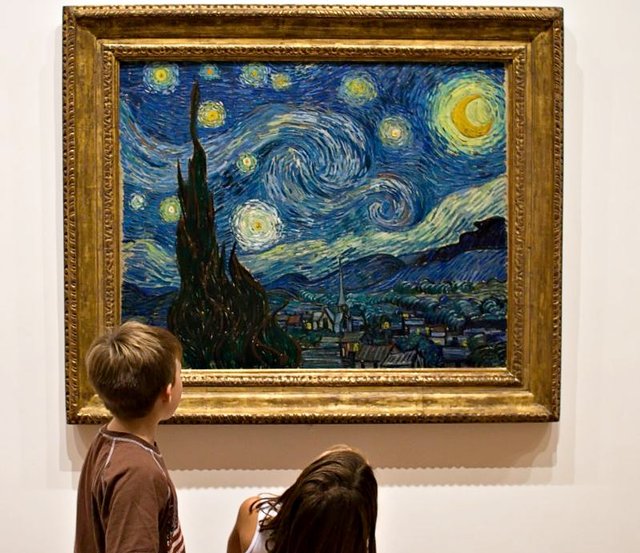
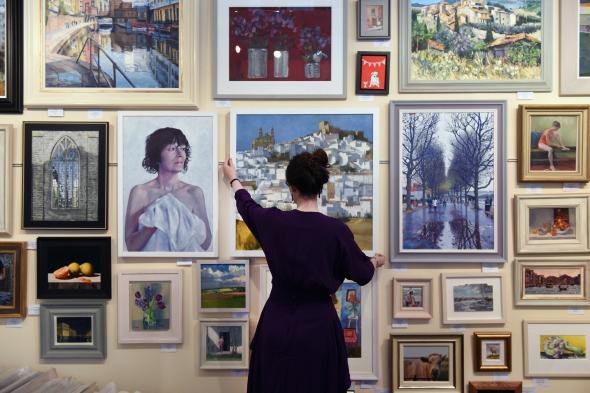


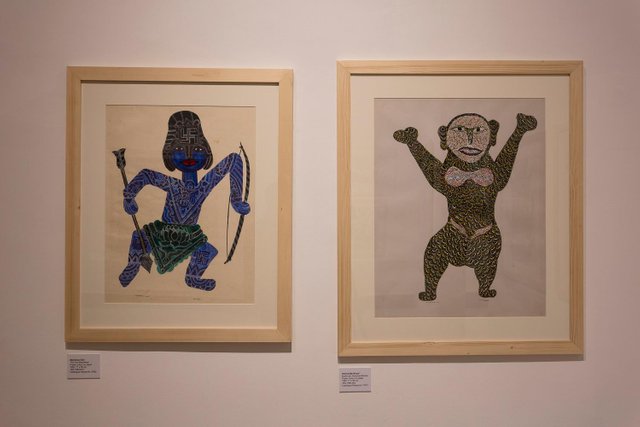
Artist : Jangarh Singh Shyam
We hear many painting costing millions of dollars, when someone is naive or less known to paintings a question arises what is in this painting? Why it has worth of millions? What’s the key to understanding a painting? Could there be some easy steps to unpacking the meaning of an visual artwork?
Any form of art can be a great source of pleasure in our lives, but because even a passing acquaintance with art can enrich and deepen our understanding of the world around us.
But remember, There’s no shortcut to understanding I can give; great art rewards the hundredth viewing as much as he first, and you can spend a lifetime pondering the decisions an artist made in one painting. Instead, I’ll try to give you a process to follow that will help you get the most out of a painting the first time you see it.
Here’s a simple three-step process I use, adapted from an old technique by the art historian Erwin Panofsky:
- Look
- See
- Think

And there is one more step which I personally use whenever I visit to an art gallery or exhibition. It may be used before going or after coming from a gallery, I will share it in end.
Step 1: Look
First we look at what’s there, literally right in front of you. A work might grab your attention through its subject matter, it’s use of color, an interesting juxtaposition of objects, it’s realistic appearance, a visual joke, or any number of other factors.
In any work, The artist will have made some very deliberate decisions about the materials, style and approach, and these will feed directly into the overall feel and meaning of the work. Once you’ve gotten an overall look at the painting, ask yourself “what’s this a picture of?” That is, what is the subject of the painting? The subject might be a landscape, a person or group of people, a scene from a story, a building or city scene, an animal, a still life (a collection of everyday items like a bowl of fruit, a pile of books, or a set of tools), a fantasy scene, and so on. Some paintings won’t have a subject — much of the work of the 20th century is abstract, playing with form and color and even the quality of the paint rather than representing reality. Let us take an example,
This photos are from Clark House Initiative Bombay, which is a curatorial collaborative concerned with ideas of freedom, in first week of January 2018. Artist whose work was exhibited was **Saleh Lo **from Mauritania.

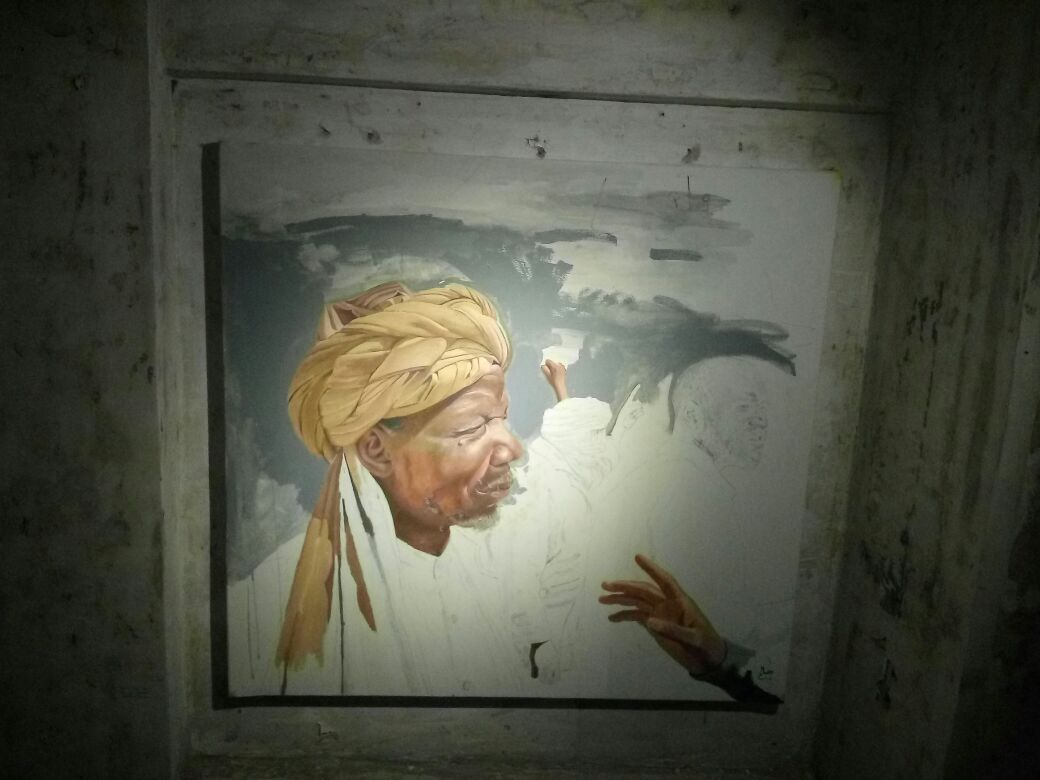
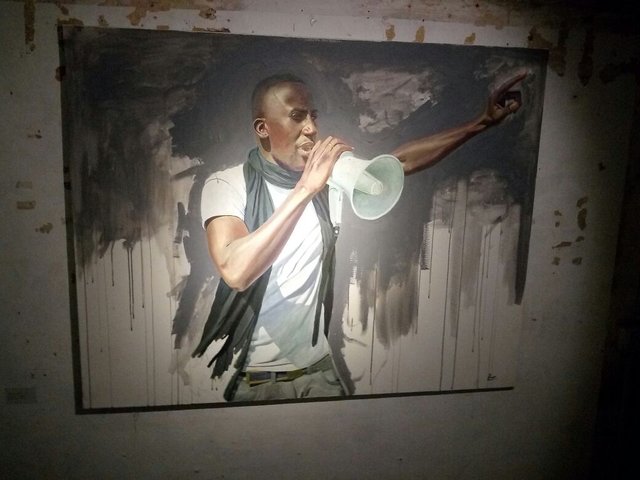
When you just have look at this paintings, you will notice face of both central figures are painted with very minute details and grey color is used in background. Just by your first look you can roughly conclude artist wants to say something through portraits of people. May be the central objects are acquaintances of painter or he had met them in real life..
Step 2: See
What’s the difference between looking and seeing in the context of art? Looking is about literally describing what is in front of you, while seeing is about applying meaning to it. When we see, we understand what is seen as symbols, and we interpret what’s there in front of us.
Consider the iconography in Pablo Picasso’s epic painting, Guernica (1937).

In the centre, there’s that screaming horse, with a dismembered arm just below it. On the left, a woman is wailing and holding a dead infant, and dominating the image is the light shade that looks like an explosion. Those individual elements combine to produce the overall meaning of the painting, which in this case is regarded as one of the most powerful anti-war art works created.
Look for symbols. A symbol, very simply, is something that means something else. Don’t get caught in the trap of trying to figure out “what the artist meant”; focus instead on what the work says to you.
Step 3: Think
Importantly, this is a process of interpretation. Whatever, you have observed through looking and seeing try to drive out your own conclusions. Remember always art is not a science, in science their concrete logical Answer, on the other hand in art It’s not about finding the “right answers”, but about thinking creatively about the most plausible understandings of a work.
If you’ve never heard of the artist, what does his or her name suggest about where they might be from? Text panels in galleries usually have the artist’s dates and where he or she was born. Naturally, an artist born in the India in the 1940s is going to have very different life experiences and perspective from one born in Japan in the 1950s.
Importantly, bring in in front of yourself everything you know – you’d be surprised how much you know of the context of an artwork just from your general knowledge, a lot of which comes from conversations, television, the internet, all those things that are “informal learning”.
If you are in an exhibition try to find similarity between different work of same artist it will help you lot to find what are objects, images, symbol, patterns, figures shapes, color artist is most fascinated about it will take you mush closer to artists expression. The key here is context. The broader context of an artwork will help make sense of what you’ve already observed.


As in above work by Saleh Lo by comparing two painting we see use of grey color is very prevalent. So here comes the step last which I use and its very basic,
a little research, by doing just research about what grey color expresses in general ? You will add new dimension to your understanding of the painting.
Study a little about artist’s background, what were his earlier works, his approach etc even before going , if you hit accidentally in a gallery you can research after your visit. It will make you enjoy gallery a lot.
At last before we end always remember:
Trying to see everything in a major gallery in an hour is like going to a multiplex cinema and trying to see all 12 movies in an hour by dashing from theater to theater. Nothing would make sense. Find things that fascinates you.
My special thanks to
Clark House Initiative
Bombay is a curatorial collaborative concerned with ideas of freedom.
http://clarkhouseinitiative.org/info.php
Saleh Lo-Artist
https://www.facebook.com/saleh.lo1
Thanks
Innocent abroad
Sources:
https://www.theguardian.com/artanddesign/jonathanjonesblog/2016/oct/12/picasso-guernica-aleppo-syria
http://www.lifehack.org/artcles/featured/how-to-read-a-painting.html
You sayd right, painting is silent poetry
Congratulations! This post has been upvoted from the communal account, @minnowsupport, by innocentabroad from the Minnow Support Project. It's a witness project run by aggroed, ausbitbank, teamsteem, theprophet0, someguy123, neoxian, followbtcnews, and netuoso. The goal is to help Steemit grow by supporting Minnows. Please find us at the Peace, Abundance, and Liberty Network (PALnet) Discord Channel. It's a completely public and open space to all members of the Steemit community who voluntarily choose to be there.
If you would like to delegate to the Minnow Support Project you can do so by clicking on the following links: 50SP, 100SP, 250SP, 500SP, 1000SP, 5000SP.
Be sure to leave at least 50SP undelegated on your account.
Your Post Has Been Featured on @Resteemable!
Feature any Steemit post using resteemit.com!
How It Works:
1. Take Any Steemit URL
2. Erase
https://3. Type
reGet Featured Instantly – Featured Posts are voted every 2.4hrs
Join the Curation Team Here